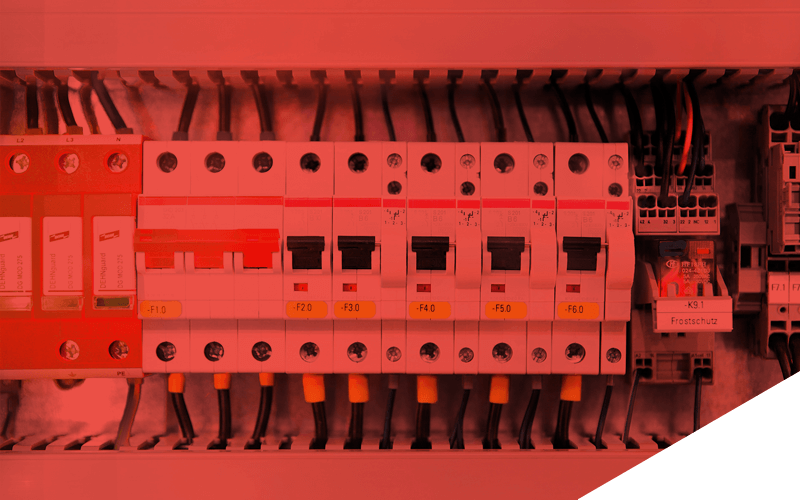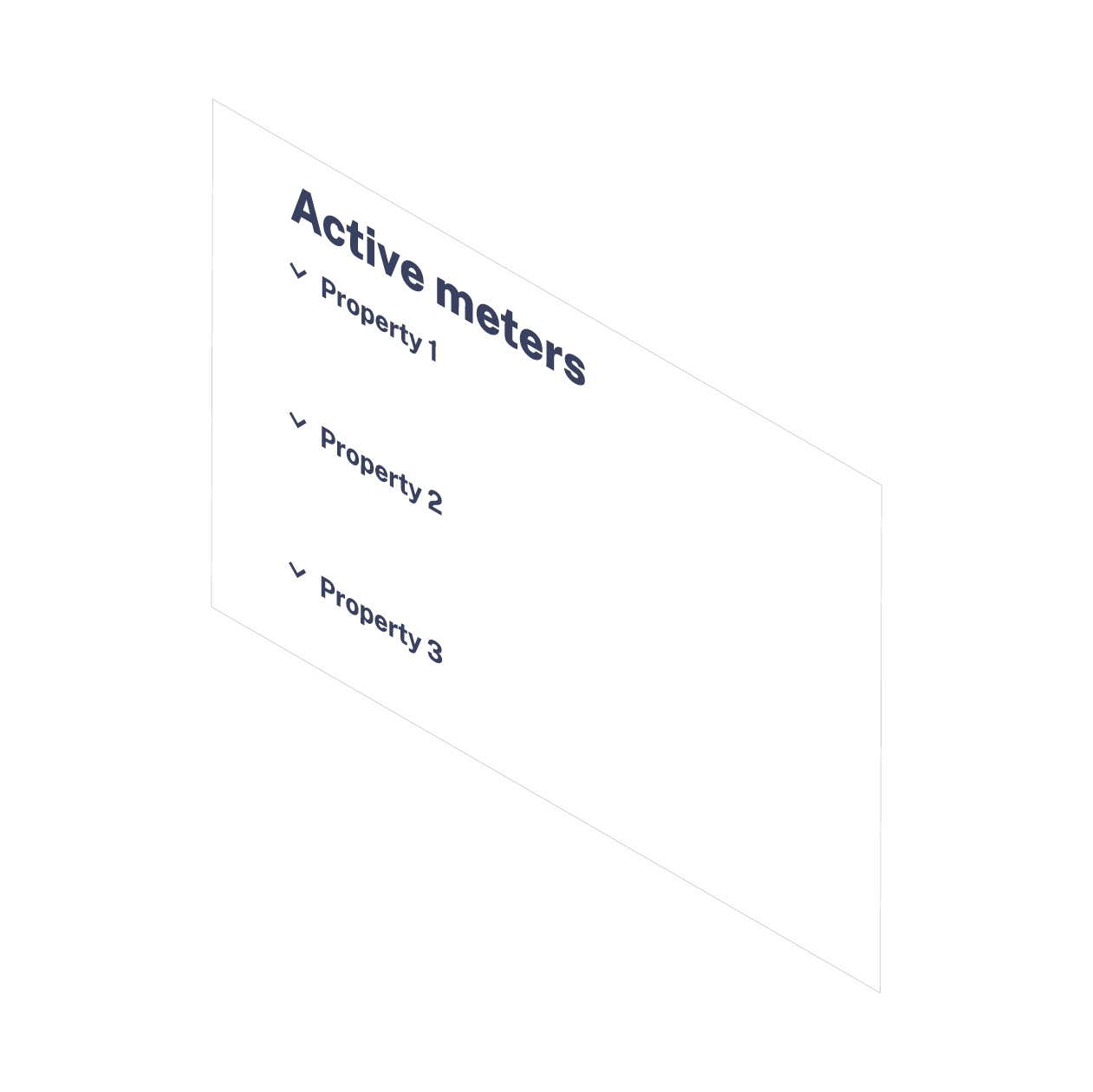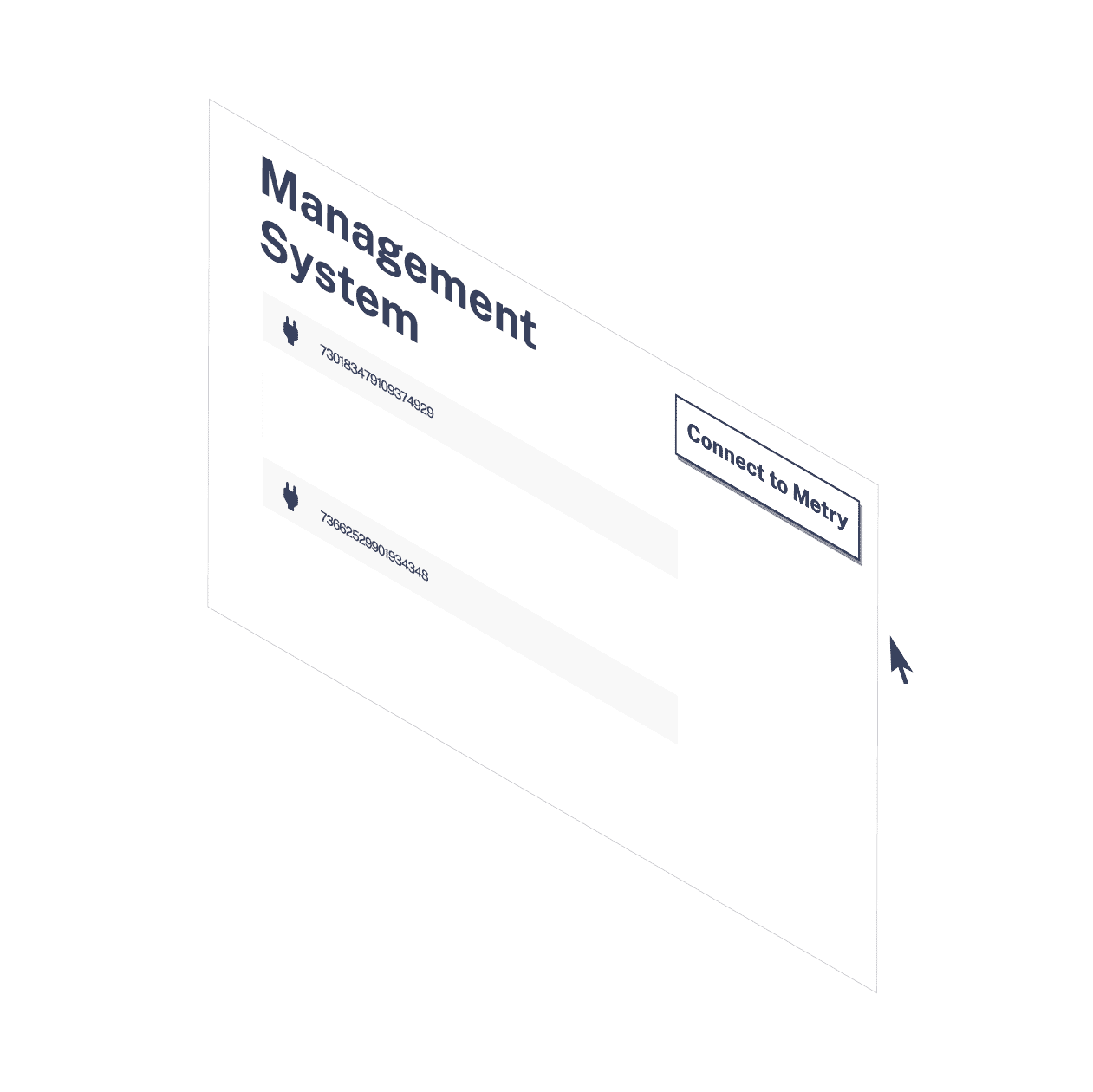Property Owners
Perform your best
Improve your portfolio’s energy and sustainability ratings. Our automated environmental data collection connects data from any meter to a wide range of tools and services for your teams and tenants.

Who knew your energy data could do all this?

Energy management
Make your assets perform their best through detailed analysis, automated EPC scores, and AI control. Take actions based on data you can trust.

Sustainability management
Free up the time you spend on compiling reports, and put it into taking measurable actions to shrink your carbon footprint.

Tenant invoicing and services
Invoice your tenants for their utility use based on automated, quality assured, data collection. Present their use in apps, or on your tenant service pages.

Energy management
All things automated
Future-proof your energy data
Take control of your buildings’ energy performance and do more than mundane reporting and follow-ups! We automate your energy data flows and let you tap into services that calculate live EPC scores, train AI control systems, and visualise energy use and sensor data in digital twins.

sustainability management
Reporting and beyond
Get your green on or get left behind!
Ride the wave of the EU taxonomy and transition from producing sustainability reports to managing a sustainable business. Certify buildings to unlock green leases and take measurable actions to eliminate your carbon footprint. Our automated scope 2 and 3 environmental data collection gives you the foundation you need to go net-zero and beyond.

tenant services
Elevate your tenant experience
Keep your billing real and data shared
Charge your tenants for their actual electricity and water use. Avoid mind-boggling or delayed bills caused by technical glitches, or missed income due to meters gone astray.
We collect data from your metering systems, regardless of brands, run it through our automated quality assurance, and connect it to your finance system.
Our API opens possibilities to present your tenants’ individual consumption in customer pages, apps, or digital building twins.
From meter to magic in three simple steps
Let us know what you need
We will guide you through getting started. A single invoice per utility provider is generally enough to get started.

Sort and arrange
Sort and structure your discovered meters in any way you like. Add tags, responsibility areas, and other useful bits of information.

Pick services
Open a supported service where you need environmental data. Click the Connect to Metry button, and your data is instantly available.

See Metry in action
Schedule a session where you’ll learn more about how we can automate the energy and environmental data you need.
it’s all in the details
You ask, we answer
Convince your manager to invest in a data‑collection platform. Ensure IT have their security checklist covered. Let your operations team know that they can keep on using the same systems.
This is where we provide detailed answers to common questions. Got something even more specific? Schedule a session with us, and we’ll provide you with answers tailored for your business.







